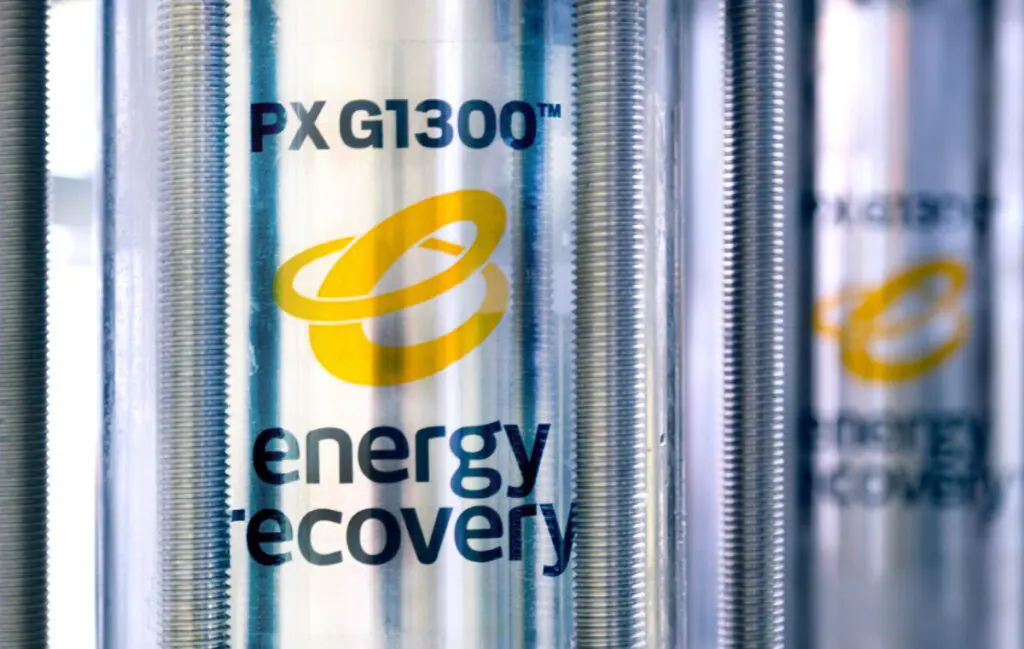Overview

Reducing Energy Consumption While Enhancing Cooling Capacity and System Stability
In the summer of 2024, Energy Recovery conducted a rigorous measurement and validation (M&V) program to assess the performance gains achieved by incorporating the PX G1300 into diverse CO2 refrigeration system designs and load sizes.

